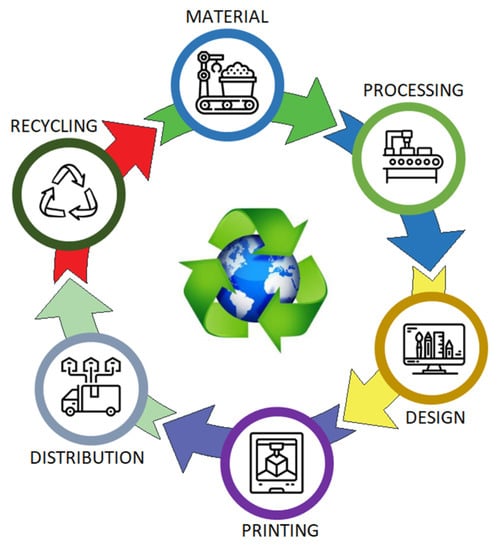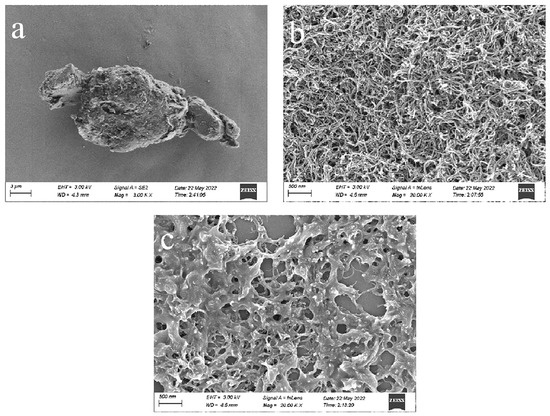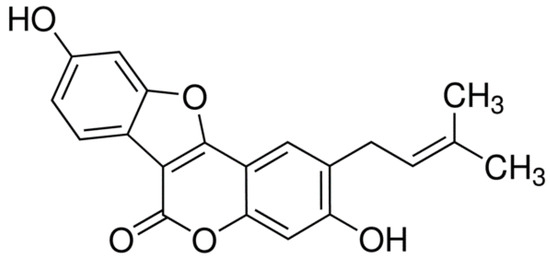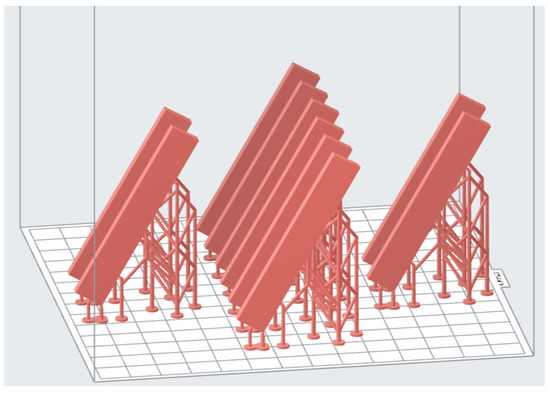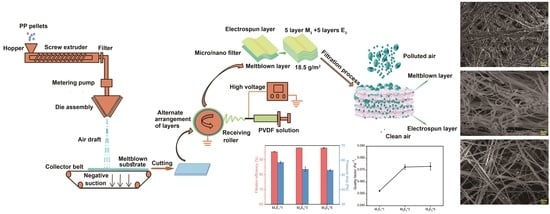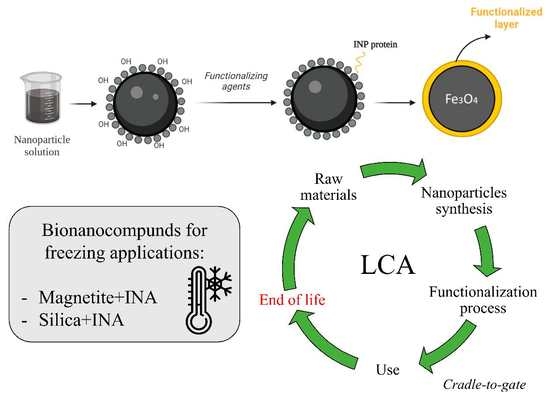Polymers 2023, 15(6), 1471; https://doi.org/10.3390/polym15061471 - 16 Mar 2023
Cited by 5 | Viewed by 3474
Abstract
The purpose of this study is to assess water–polymer interaction in synthesized starch-derived superabsorbent polymer (S-SAP) for the treatment of solid waste sludge. While S-SAP for solid waste sludge treatment is still rare, it offers a lower cost for the safe disposal of
[...] Read more.
The purpose of this study is to assess water–polymer interaction in synthesized starch-derived superabsorbent polymer (S-SAP) for the treatment of solid waste sludge. While S-SAP for solid waste sludge treatment is still rare, it offers a lower cost for the safe disposal of sludge into the environment and recycling of treated solid as crop fertilizer. For that to be possible, the water–polymer interaction on S-SAP must first be fully comprehended. In this study, the S-SAP was prepared through graft polymerization of poly (methacrylic acid-co-sodium methacrylate) on the starch backbone. By analyzing the amylose unit, it was possible to avoid the complexity of polymer networks when considering S-SAP using molecular dynamics (MD) simulations and density functional theory (DFT). Through the simulations, formation of hydrogen bonding between starch and water on the H06 of amylose was assessed for its flexibility and less steric hindrance. Meanwhile, water penetration into S-SAP was recorded by the specific radial distribution function (RDF) of atom–molecule interaction in the amylose. The experimental evaluation of S-SAP correlated with high water capacity by measuring up to 500% of distilled water within 80 min and more than 195% of the water from solid waste sludge for 7 days. In addition, the S-SAP swelling showed a notable performance of a 77 g/g swelling ratio within 160 min, while a water retention test showed that S-SAP was capable of retaining more than 50% of the absorbed water within 5 h of heating at 60 °C. The water retention of S-SAP adheres to pseudo-second-order kinetics for chemisorption reactions. Therefore, the prepared S-SAP might have potential applications as a natural superabsorbent, especially for the development of sludge water removal technology.
Full article
(This article belongs to the Special Issue Advances in Biocompatible and Biodegradable Polymers II)
►
Show Figures





